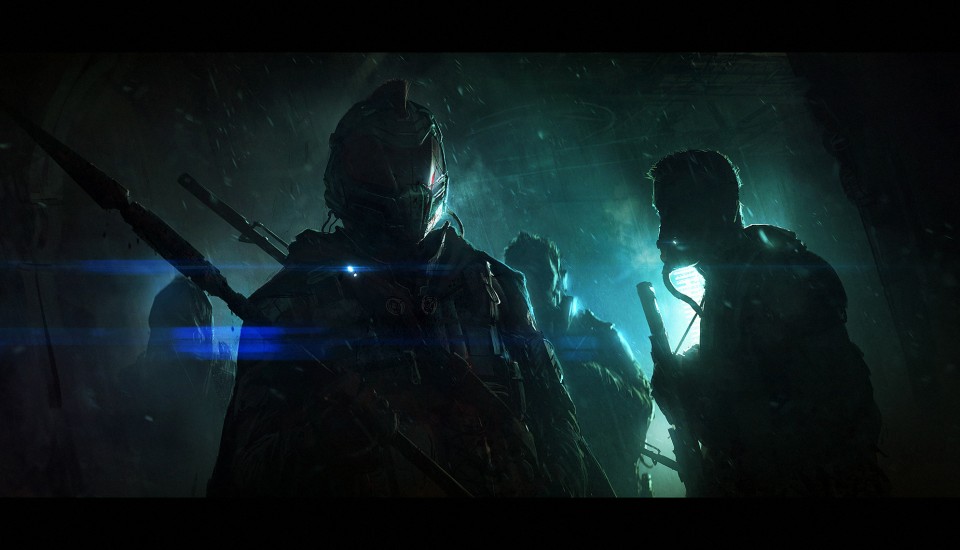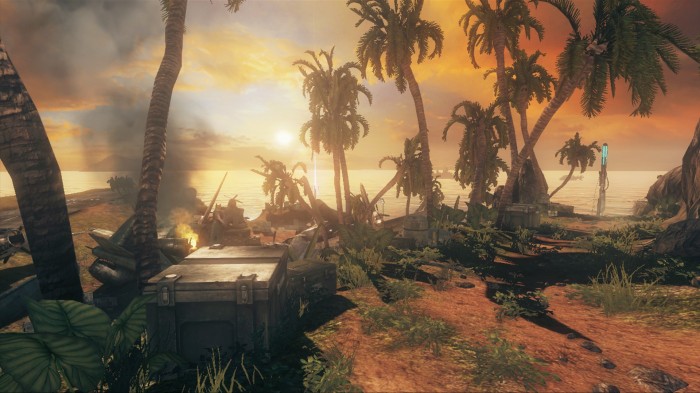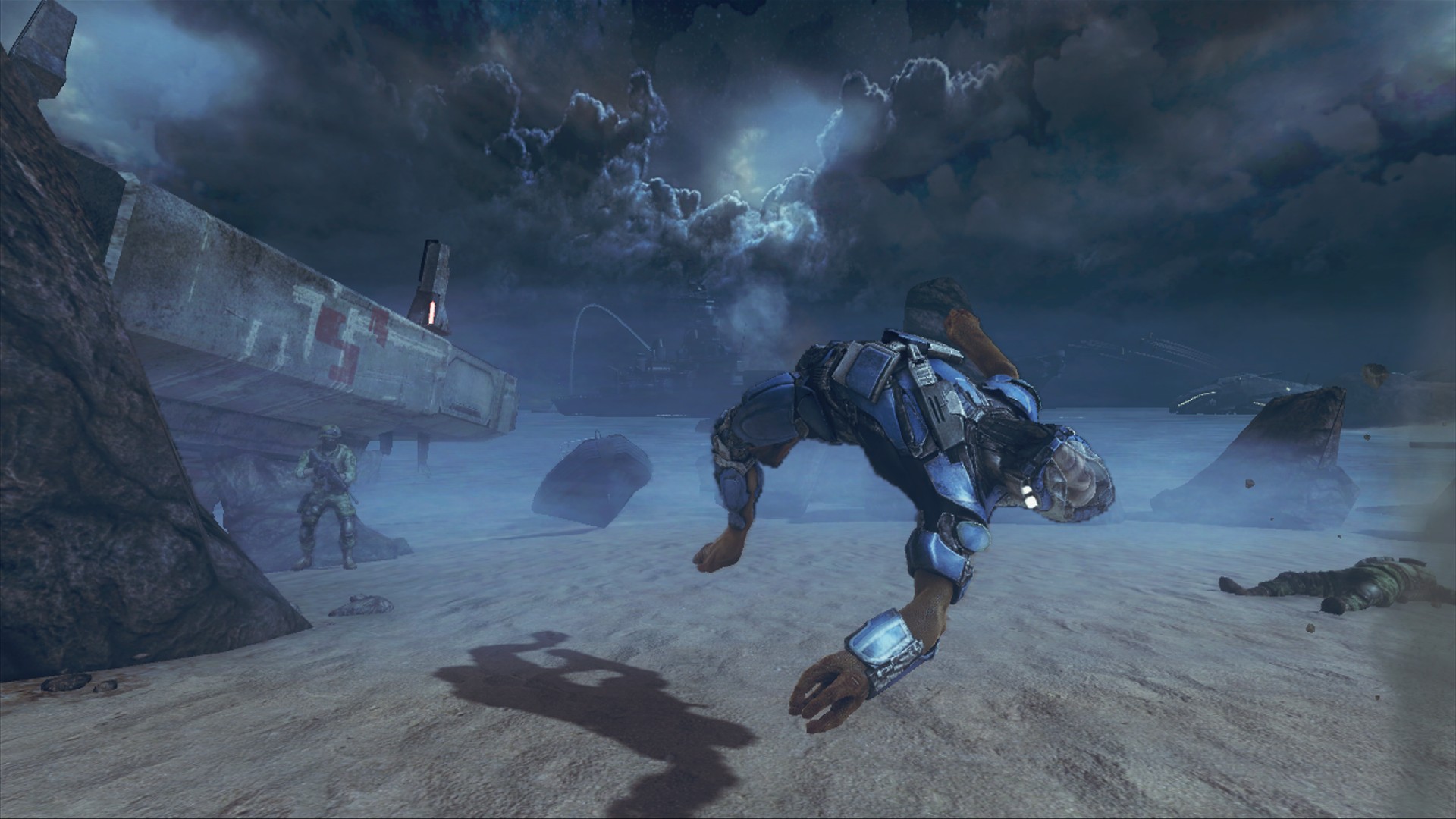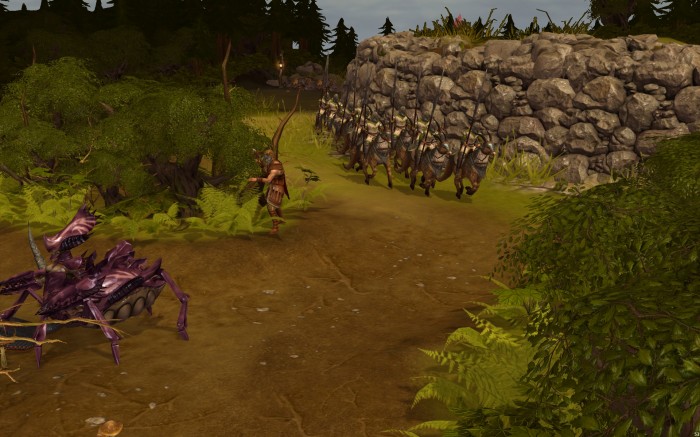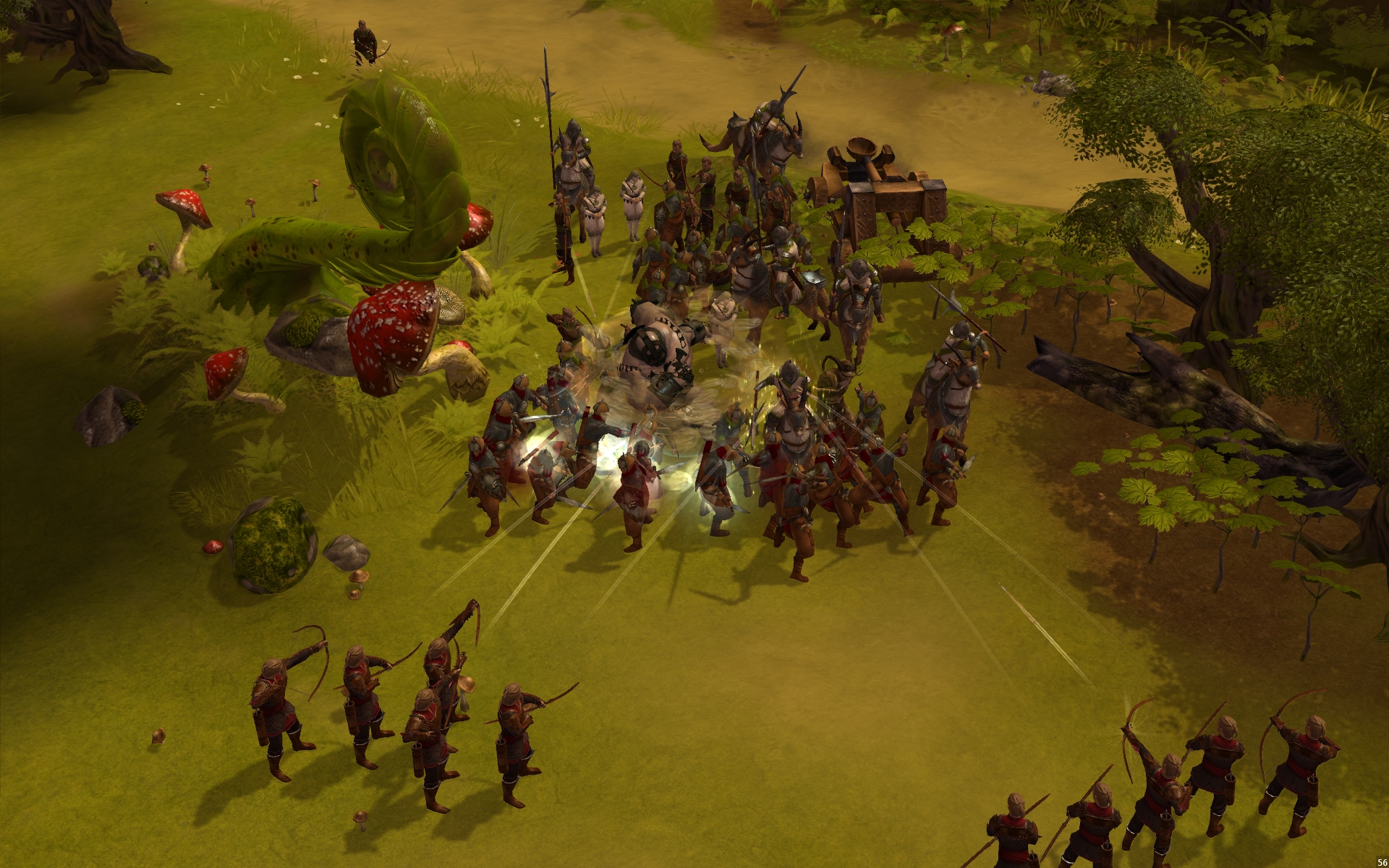Carlsbad, Calif. – March 15th, 2012 – Razer™, one of the world’s pioneering supporters of e-Sports, champions an all new e-Sports learning platform aimed at every gamer from casual and competitive amateurs to pro-gamers, driven by some of the world’s most experienced and celebrated gaming personalities.
The Razer Academy, currently in its beta phase, designed to provide an interactive, in-depth and enjoyable learning experience for e-Sports fans, will provide gaming shows, guides, game analysis, commentary, articles, interviews and documentaries, brought to you by some of the most famed individuals in e-Sports history.
The Academy contributors will include:
Abdulatif “Latif” Alhmili – Streetfighter champion
Bachir “Athene” Boumaaza – world famous gamer and YouTuber
Toby “TobiWanKenobi” Dawson – professional Defense of the Ancients commentator
Ben “MrBitter” Nichol – professional StarCraft II commentator
Martin “AngeL” Olsen – professional Defense of the Ancients player
Protato Monster – League of Legends YouTube channel
John “Swifty” Pyle – World of Warcraft legend
Rachel “Seltzer” Quirico – e-Sports journalist and gamer
Stuart “TosspoT” Saw – professional commentator
Kendall “arCtiC” Smith – professional console gamer
Leigh “Deman” Smith – professional commentator
Kevin “RotterdaM” van der Kooi – professional StarCraft II commentator
Alexei “Cypher” Yanushevsky – Quake professional
Supplementing this all-star lineup of e-Sports personalities will be the elite members of Team Razer – hundreds of professional gamers with huge competitive gaming experience, who will lend their knowledge and expertise to the Razer Academy project as guests on shows, commentaries and guides.
Ranging from match analysis and commentary in StarCraft II and League of Legends to live e-Sports gaming shows and guides to hone and develop your game, the Razer Academy will be situated on a brand new online portal where you can pick and choose those games and e-Sports stars you wish to follow.
“Unlike some other sports where professionals use tricked-out equipment made expressly for them, pro gamers use the very same hardware off-the-shelf that is readily available to you. Have you ever wondered what they use, why they use a certain type or style of mouse, keyboard, headset or surface? Razer Academy will strive to educate and demystify the why and how of gaming hardware. The Razer Academy aims to quench your thirst for e-Sports, providing a platform to not only improve and develop your game, but to make it your true passion,” said Robert “RazerGuy” Krakoff, co-creator of the first gaming mouse and President, Razer USA. “The star contributors to the Academy are legends in their own right and, drawing on their experience and talent, will provide some truly mouth-watering content to help you become a pro-gaming baller too.”
For more information on the Razer Academy, please visit http://www.razerzone.com/





